Białowieża Forest – the National Park
In 1992, UNESCO extended the status of the park of world heritage to the east by adding the bordering Belarusian national park „Białowieżskaja Puszcza”. This led to the creation of one of the world’s seven and Europe’s three world heritage sites which lie on both sides of a national boarder. The surface of the entire forest exceeds 150 thousand ha (62 thousand ha are within the Polish boarders), strict reserves are significantly smaller.
The Białowieża Forest is a vast forest complex, consisting of the remnants of several primeval forests: Białowieża Forest, Ladzka Forest, Świsłocka Forest and Szereszewska Forest. The forest complex is situated almost at the water divide of the Vistula and the Neman River. Hence, there are no lakes in the park area and only small rivers flow there. The Orłówka River has its source in the forest, and the most valuable area of the park lies in the fork of the rivers Hwoźna and Narewka. The Białowieża Forest is the best preserved natural deciduous and mixed forest on the European Lowlands. The biggest portion is occupied by wet-ground forests with oak and hornbeam. „Ols” [swampy alder forest] and swampy meadows grow on areas periodically flooded, whereas the dry areas are home to pine, spruce and mixed woods. Out of these, fully developed wet-ground forests are particularly valuable. Among the many features of natural environment which make Białowieża Forest home to thousands of plant and animal species, there is one factor that laymen usually underestimate. Namely, the fact that the Białowieża National Park is rich in so-called “dead wood”, that is, simply decaying trees, brushwood, and fallen leaves. Normally for centuries, foresters in timber forests clean such “rubbish”, while here in the strictly protected area the dead biomass amounts to 25% of the total tree mass. The decaying wood becomes a cozy home for countless species of mushrooms, mould, bacteria and insects. Many of them are endangered of extinction. Good examples of this are two beetles extremely rare in Europe: Buprestis splendens and Pytho kolwensis.
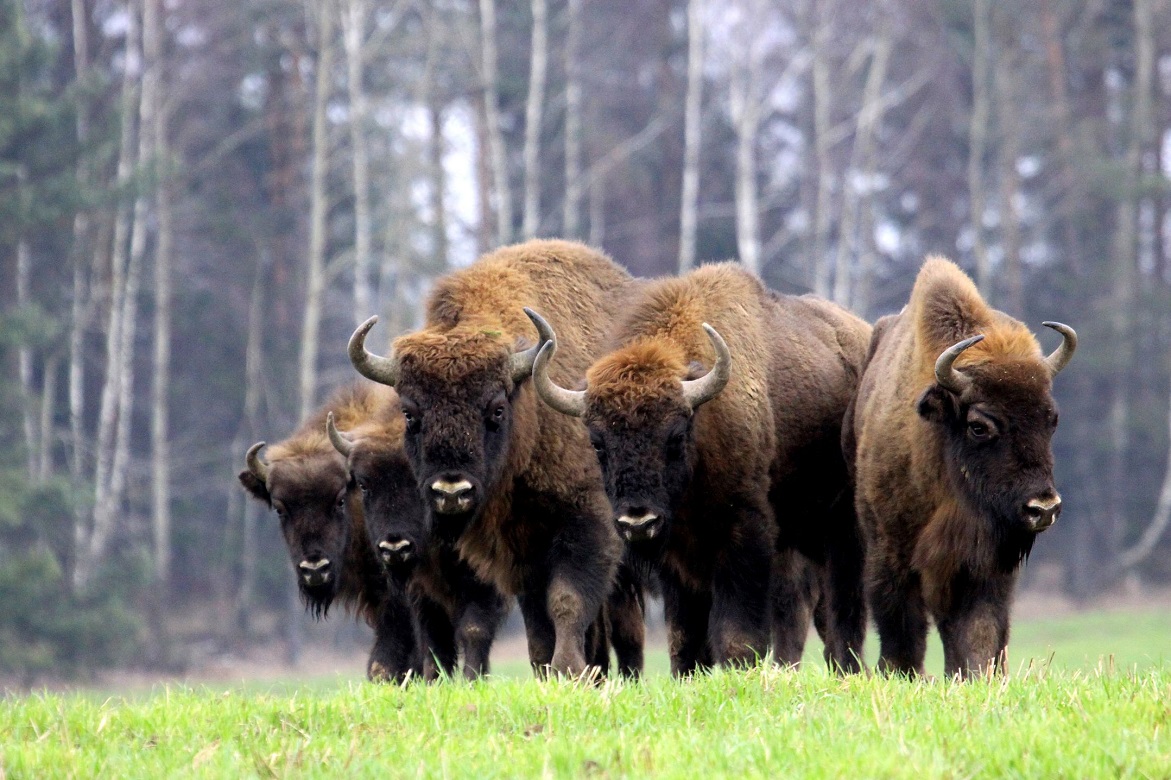
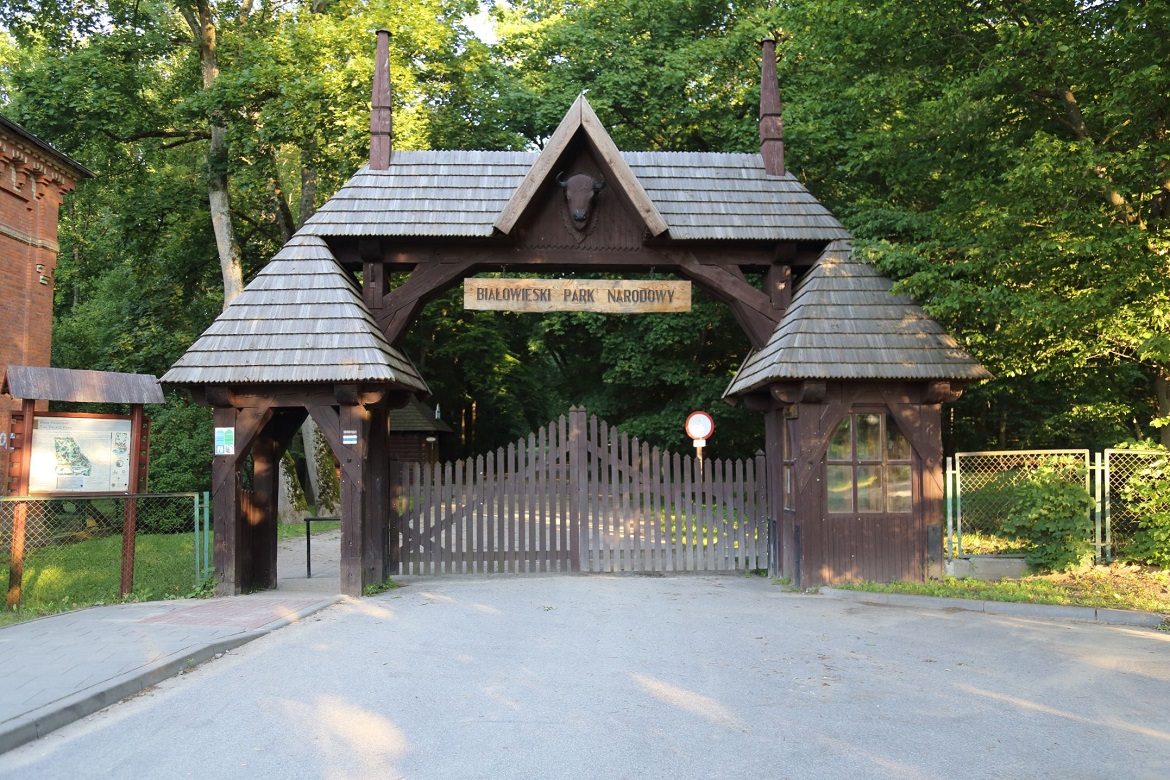
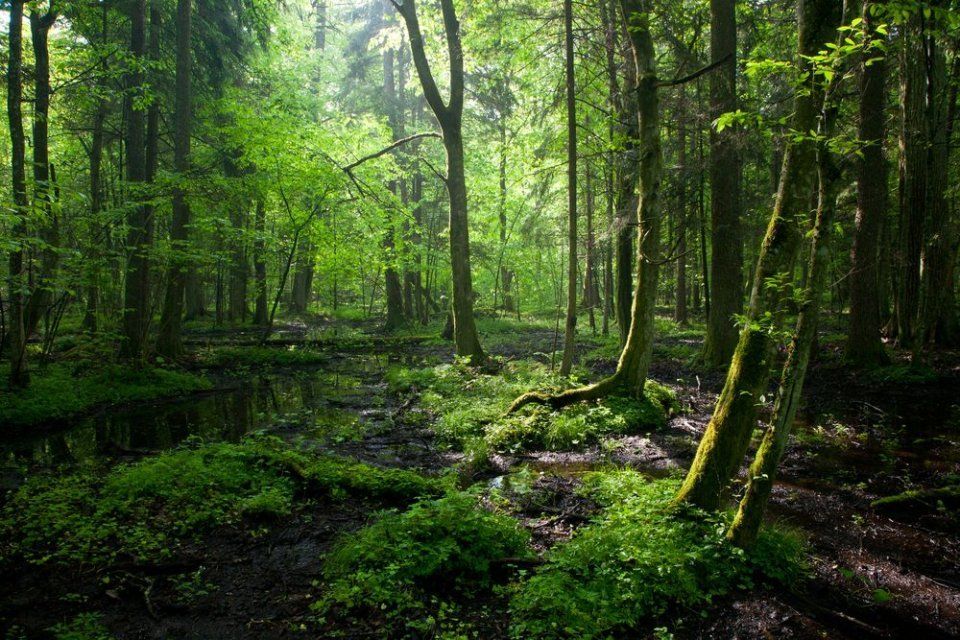
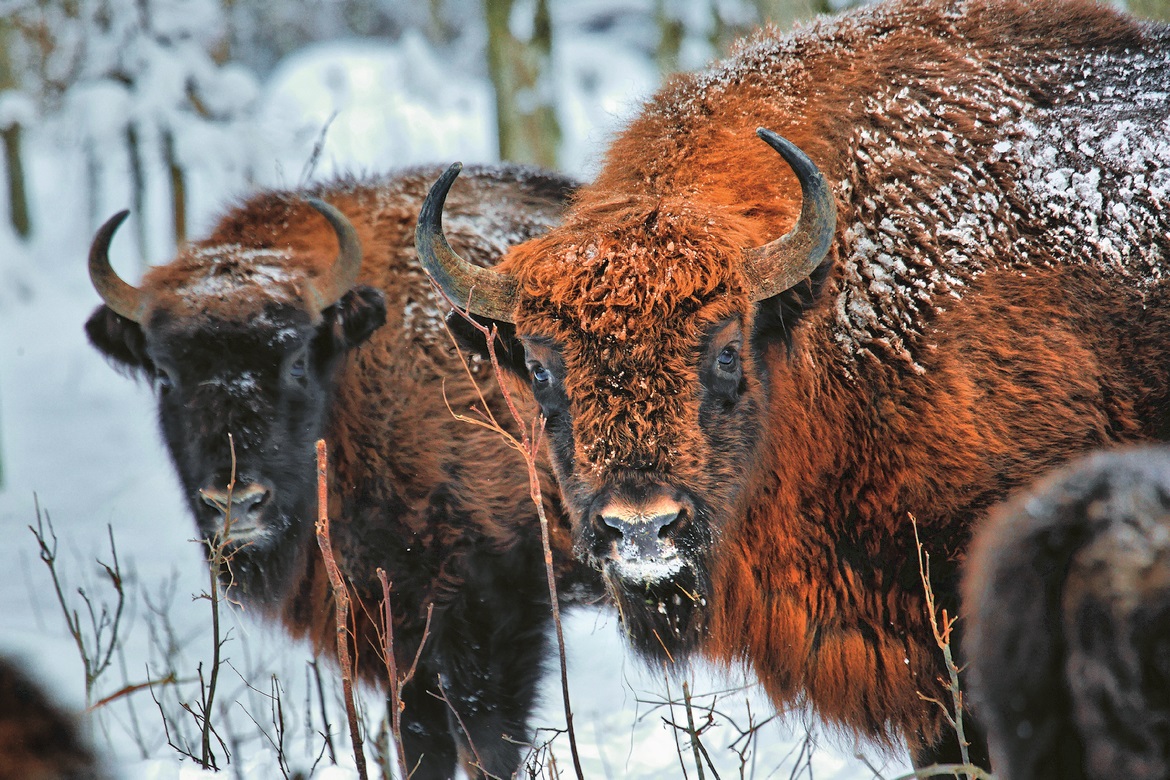
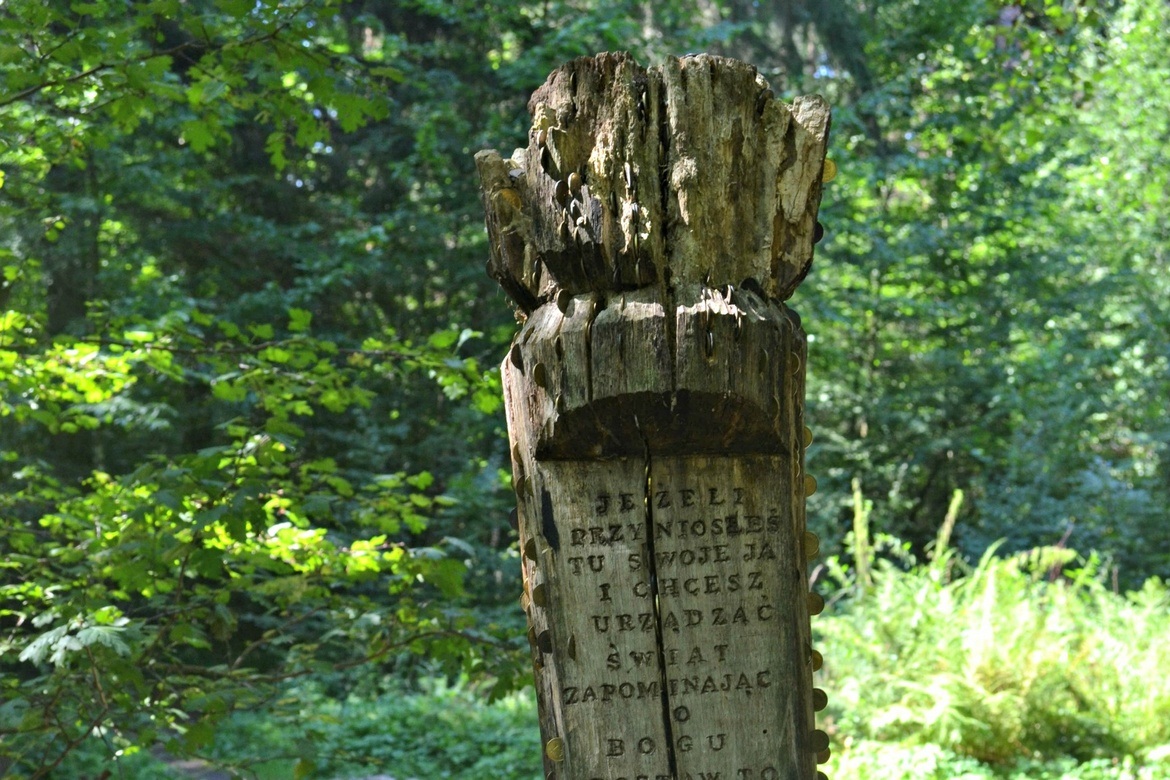
The symbol of the Białowieża Forest, however, is the European Bison. The species has been saved from extinction here. In the 18th century, the European Bison was almost completely eliminated during hunting trips of the rulers of the time and by poachers. The extermination started right after World War I, when groups of demobilised and demoralised soldiers poached in no man’s Białowieża Forest. In 1919, the last European Bison was killed. In 1925, the last Caucasian Wisent (Bison bonasus caucasicus) – slightly smaller than the European Bison from the Polish lowlands – was also killed. Białowieża brought specimens from zoological gardens; and initially, they were bred just like cows on a separate field. Only several years after the war, in 1952, the first specimens were released into the park. Currently, there are approximately 400 European Bisons in Poland and around 300 specimens in Belarus. There are only 3000 specimens in the whole world, and every single one of them has predecessors from Białowieża.
The Białowieża Forest is a symbol of Poland’s natural wealth and diversity. The international experts recognized its unique value and the Białowieża National Park was included on UNESCO’s World Heritage List as well as on UNESCO’s List of World Biosphere Reserves.
This large expanse of natural forest is located on the country’s eastern border and distributed roughly evenly between Poland and Belarus. The Belarusian part is also on UNESCO’s World Heritage List. It’s the last original lowland forest in Europe, and retains much of its primeval landscape and plant and animal life. The Białowieża Forest, in parts swampy, is covered with mixed forests untouched by man, with oak, hornbeam, spruce and pine being the predominant species.
Approximately 100,000 tourists come to the Białowieża Forest each year. Most of them find accommodations in the little village of Białowieża that is well prepared to host visitors as well as participants of various conferences and incentives. The village is located in the very heart of the Białowieża Forest.
The Białowieża region has many other attractions to offer, such as original borderland landscapes, multicultural heritage, little known eastern folklore, and timber architecture of particular beauty and special character.


